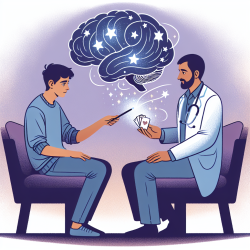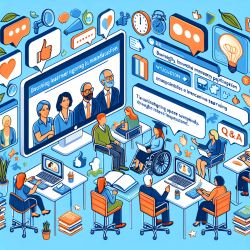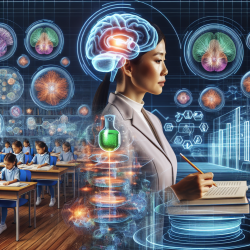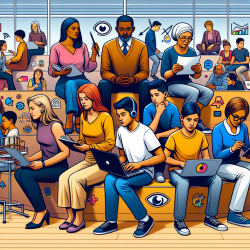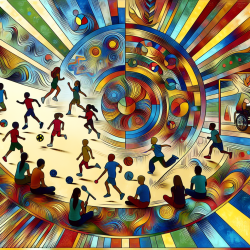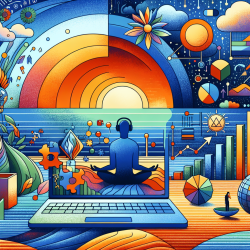The art of magic has fascinated humans for centuries, creating illusions that challenge our perception and understanding of reality. But beyond entertainment, magic holds untapped potential for enhancing therapeutic practices. Recent research suggests that integrating magic into therapy can provide profound insights into human cognition and perception. This blog explores how practitioners can harness these insights to improve their skills and encourage further research in this intriguing field.
The Framework: Magic as a Tool for Understanding the Mind
In their groundbreaking paper, Rensink and Kuhn propose a framework that uses magic to study human cognition and perception. This framework is structured around four levels:
- Methods in Magic: Utilizing traditional magic techniques to address current psychological research issues.
- Effects of Magic: Exploring unique effects such as wonder and surprise to understand cognitive processes.
- Magic Tricks as Phenomena: Investigating tricks as scientific phenomena to gain insights into perception.
- Organizing Knowledge: Developing a comprehensive body of knowledge around magic's impact on cognition.
This structured approach not only organizes existing research but also points toward new avenues for exploration, making it a valuable resource for therapists seeking innovative methods.
Applying Magic in Therapy
Magic can serve as a powerful tool in therapy, particularly for children and individuals with cognitive impairments. For instance, learning sleight of hand can enhance motor skills in children with hemiplegic cerebral palsy. The fascination with magic tricks also increases engagement and motivation, which are crucial for effective therapy.
Moreover, magic can be used to study higher-level cognitive processes such as belief formation and reasoning. For example, exposure to magic tricks portrayed as psychic phenomena has been shown to influence beliefs about the paranormal. Understanding these processes can help therapists address irrational beliefs or cognitive distortions in clients.
The Experience of Wonder
A central aspect of magic is the experience of wonder—a state that challenges our understanding of reality and stimulates curiosity. This sense of wonder can be harnessed therapeutically to foster open-mindedness and creativity in clients. It encourages them to explore new perspectives and solutions to their problems.
By incorporating magic into therapy sessions, practitioners can create a safe space for clients to experience wonder and explore their cognitive processes without judgment or fear.
Encouraging Further Research
The intersection between magic and therapy is ripe for exploration. Practitioners are encouraged to delve deeper into how magical thinking influences cognitive development and how these insights can be applied therapeutically. Collaborative research between magicians and psychologists could lead to groundbreaking discoveries that enhance therapeutic practices.
To read the original research paper by Rensink and Kuhn, please follow this link: A framework for using magic to study the mind.
